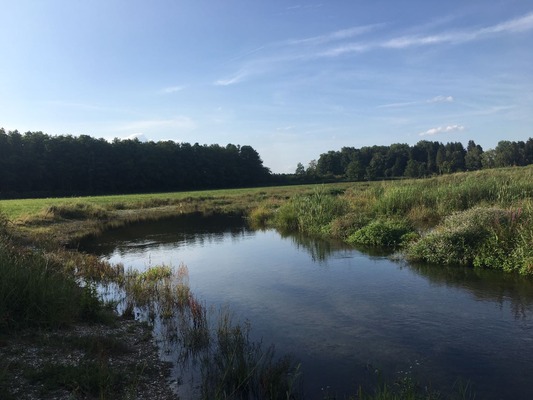The Price of Flying
A Case Study of Munich Airport
12.08.2020
by Xiao Wang
Supervisor: Dr. Gesa Lüdecke
I chose this topic because I used to fly a lot. As a Chinese living in Germany, I naturally fly back to my hometown in China twice in a year (the flight lasts ca. 10 hours). Except that, I love travelling as well, I always feel excited about going around in different countries, seeing different cultures and landscapes. Despite knowing the huge emissions caused by flying, I just could not resist. When I took part in the planning and development of the Ecopolis II exhibition, there were several interesting topics to choose, and the airport was among them. Then I thought, I do fly a lot, why not take a look at its environmental consequences?

So together with two other ESCP students, Hanna and Hugo, we did a case study on the environmental impact of the Munich Airport. During the investigation, we consulted literature researches, had a discussion with stakeholders, visited the airport bird protection area, walking and driving around the airport with binoculars like spies… The results were far more than only plain emission numbers, instead, a lot of stories are going on behind the scene: the biodiversity of the area is threatened due to the drained ground, which used to be a swamp, whereas the airport claims it has bird protection areas on the lawn directly next to the runway; villagers around the airport live under constant noise emission, but the airport is still thinking about expanding, even though statistical comparison shows the capacity has room for expansion without building a third runway; the swamp where the airport was built, used to accumulate turf, which means to store carbon, and today, on the same piece of land, a huge amount of CO2 is being emitted…
Village Attaching, ca. 2 kilometres from the northern runway of the airport
The materials we collected were presented in the Ecopolis II exhibition (the virtual exhibition is coming soon). I have also written a short essay reviewing the topics that I felt were most interesting. You can find it here.

A remaining piece of the moor, today only 10% of the original moor in the region still exist.
Working on the final project was an enjoyable experience. The process involved much work, brainstorming, discussion, debates, and in the end also handcraft in building up the exhibition installations. Discussions with people of multiple backgrounds were quite eye-opening and exciting. The experience also made me realize though how difficult it is to tell an environmental story. There are so many intricate factors playing a part; to sort it all out - which ones play which parts to which extent - is nearly impossible. But it is this complexity that makes studying environment and society fascinating for me. Now I’ll consider taking the train back to China.
Downloads
- A stroll around the Munich Airport (199 KByte)

